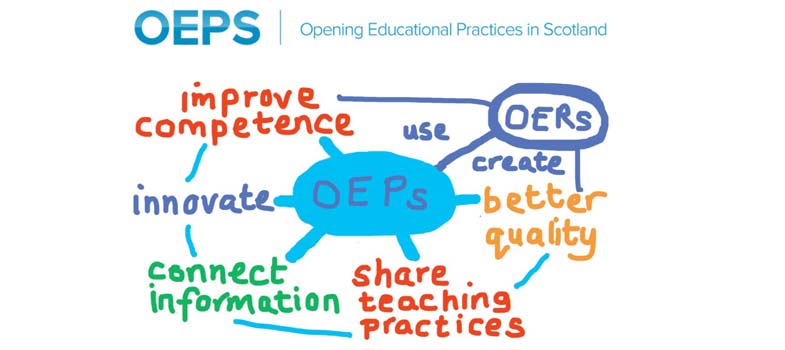Conclusion
Since the early 1950s, exponential growth of algal aquaculture in Asia has led to the global production roughly doubling in volume every decade. After having been mainly restricted to Asia, the economic potential of algae as a food, energy and high value product source is now being universally acknowledged, giving rise to numerous pilot large-scale cultivation projects worldwide.
The most serious economic and environmental concern that immediately arises with the introduction of new farming practices, including cultivated seaweeds, is the loss of crops to pests. A global, proactive research agenda on pests is urgently needed to secure the sustainability and future success of the seaweed industry. While diseases of algae have been known for a long time, there is a consensus that the recent shift towards intensive algal production methods correlates with more damaging outbreaks.
During this course, you have learned that pests of algae can be found in highly diverse taxa, from viruses, bacteria, other algae, to fungi and oomycetes. Because pathogens are ubiquitous actors of pristine ecosystems, they are bound to be one of the major challenge in algal cultivation. As more and more diseases are discovered with every new cultivated species, the worldwide highly dynamic growth of algae aquaculture will surely stimulate research on the diversity of pathogens, their role in shaping aquatic ecosystems, and how to deal with our weird seaweeds.
As stated before, algal diseases are still vastly under documented, and chances of encountering new parasites are high. If you encounter one of the parasites described in this section, or an unreported organism, let us know!
End-of-course quiz
To finish this course and obtain your badge, you should now carry out the end-of-course quiz [Tip: hold Ctrl and click a link to open it in a new tab. (Hide tip)] . You might find it useful to open the quiz in a separate tab or window so you can easily refer back to the course as your work your way through the quiz.
3.5 Summary of Section 3
